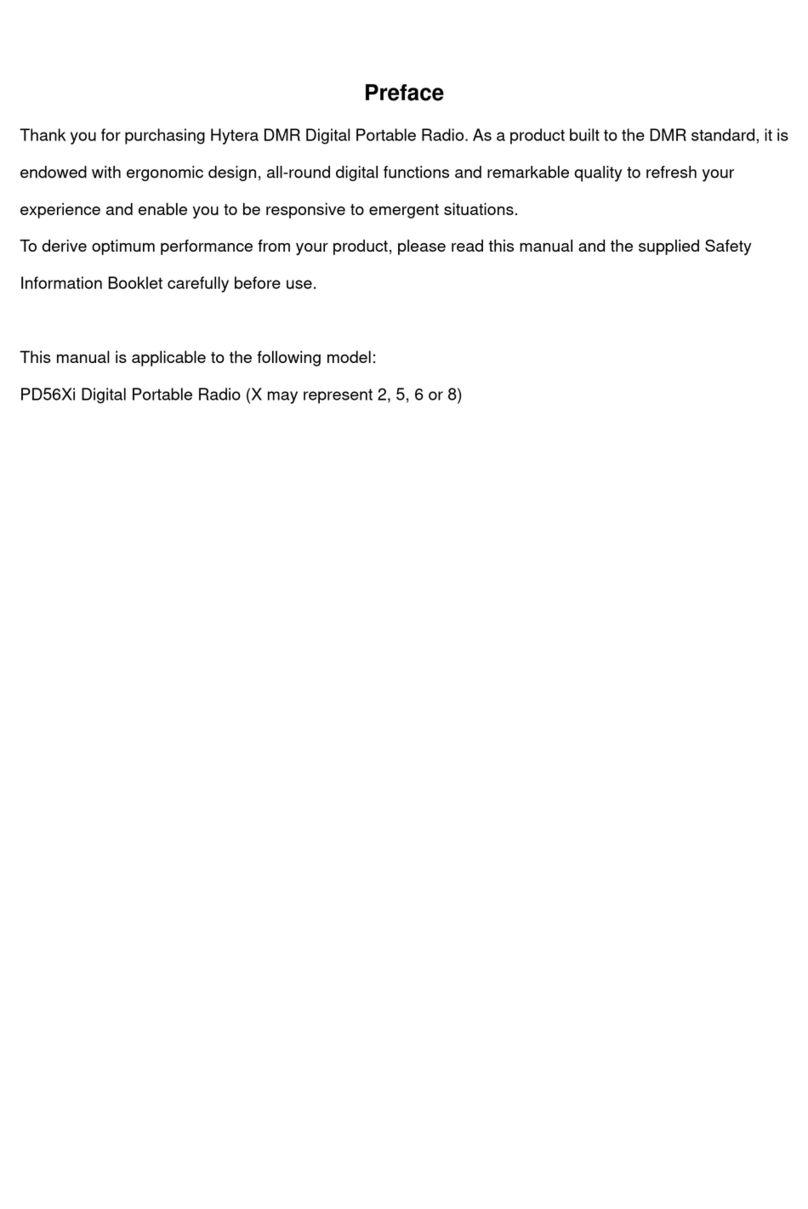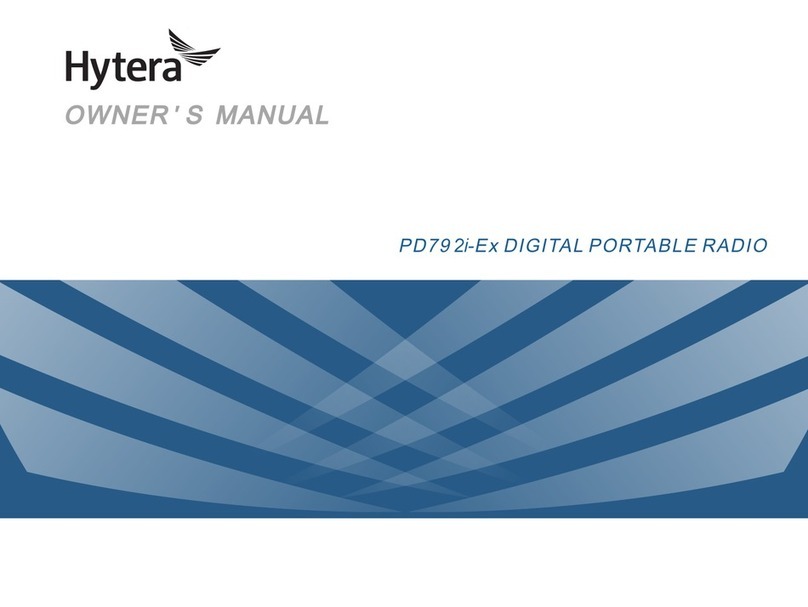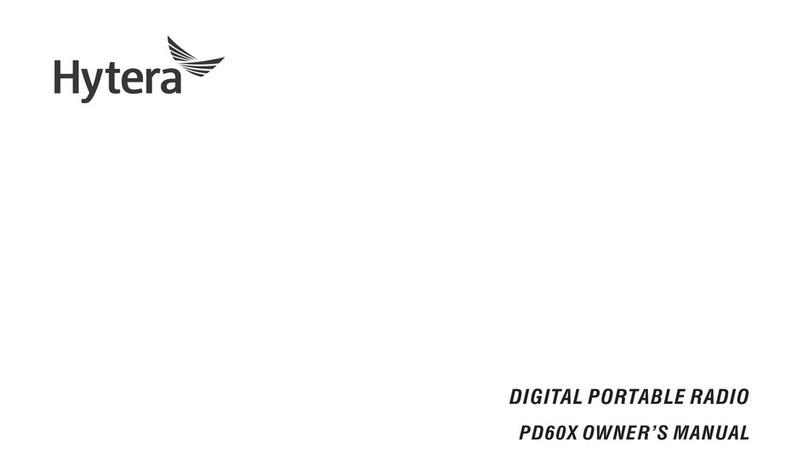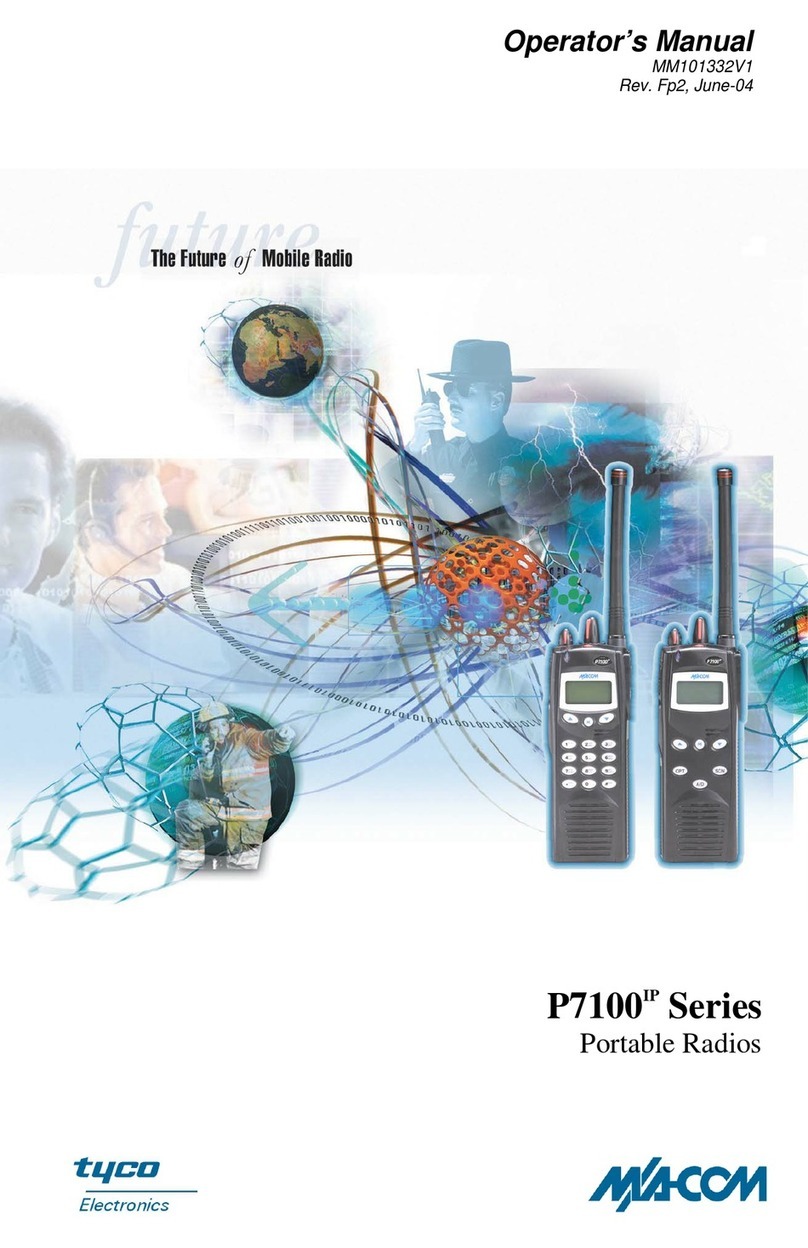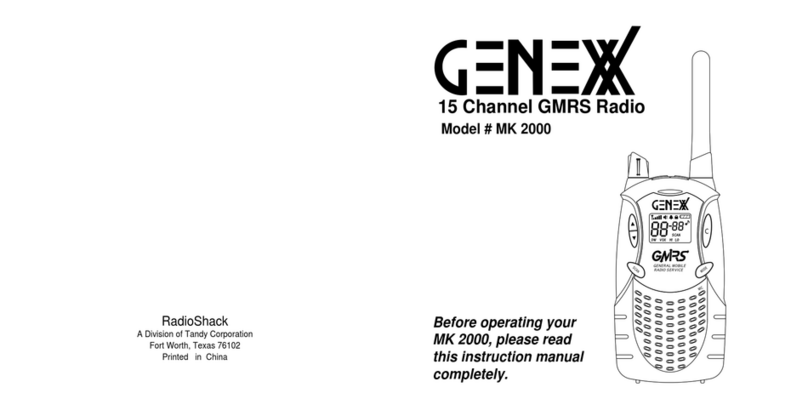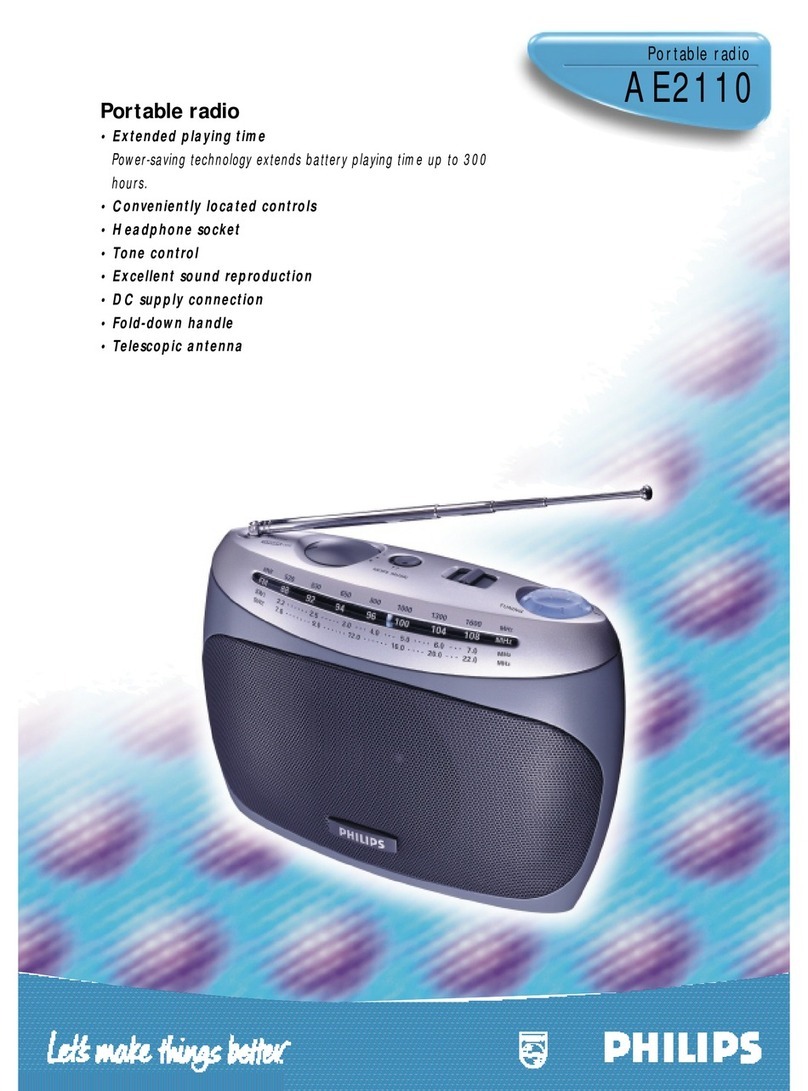Hytera PD71XIS User manual
Other Hytera Portable Radio manuals

Hytera
Hytera PD60X UL913 User manual

Hytera
Hytera PD70X Series User manual
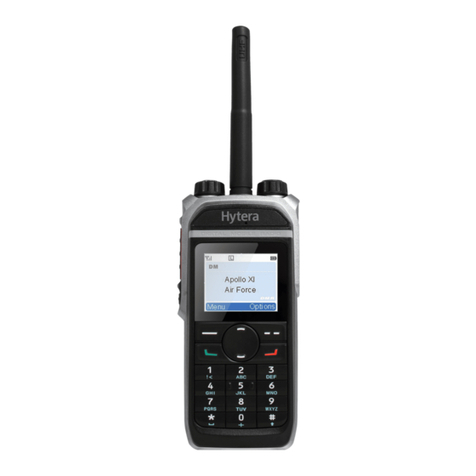
Hytera
Hytera PD68X User manual
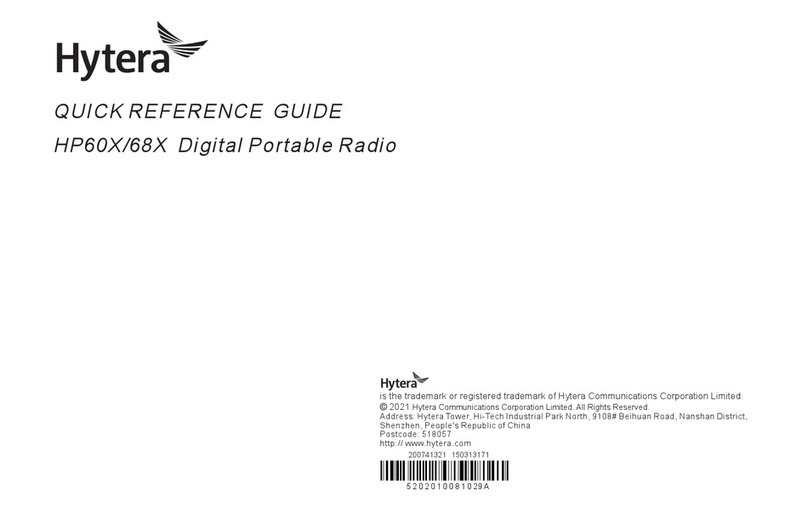
Hytera
Hytera HP60X User manual

Hytera
Hytera PD70X Series User manual
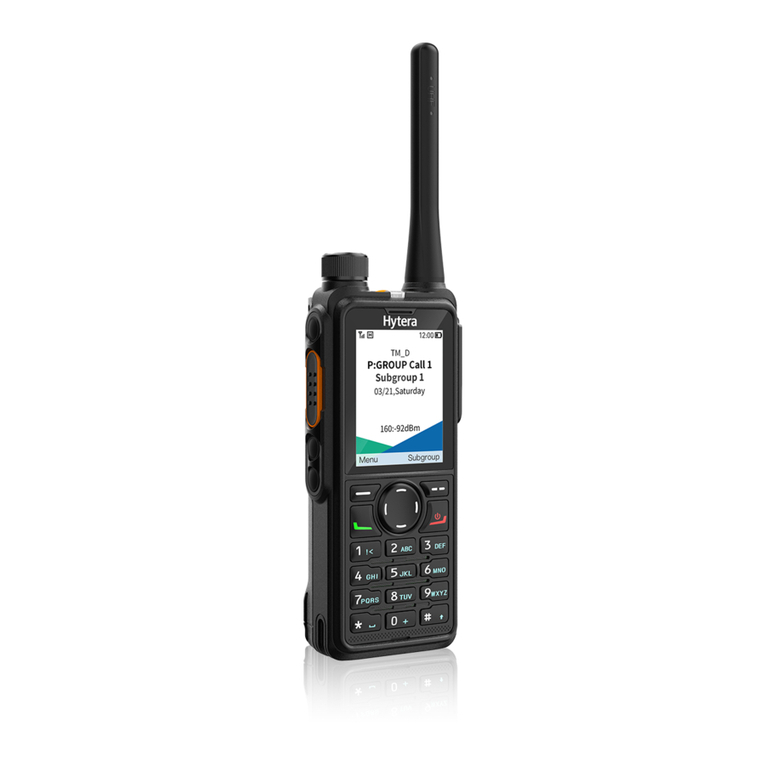
Hytera
Hytera HP78X User manual
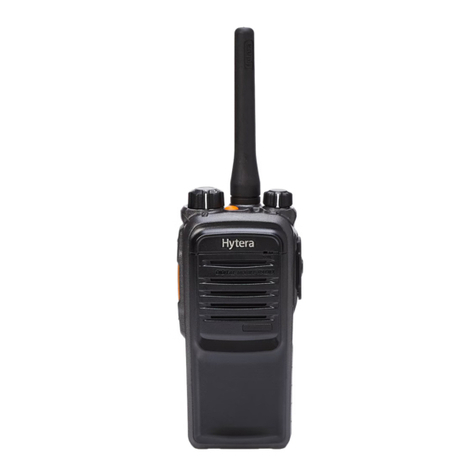
Hytera
Hytera PD702 User manual
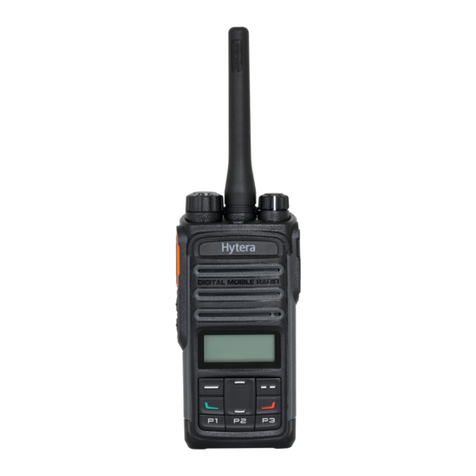
Hytera
Hytera PD46X User manual
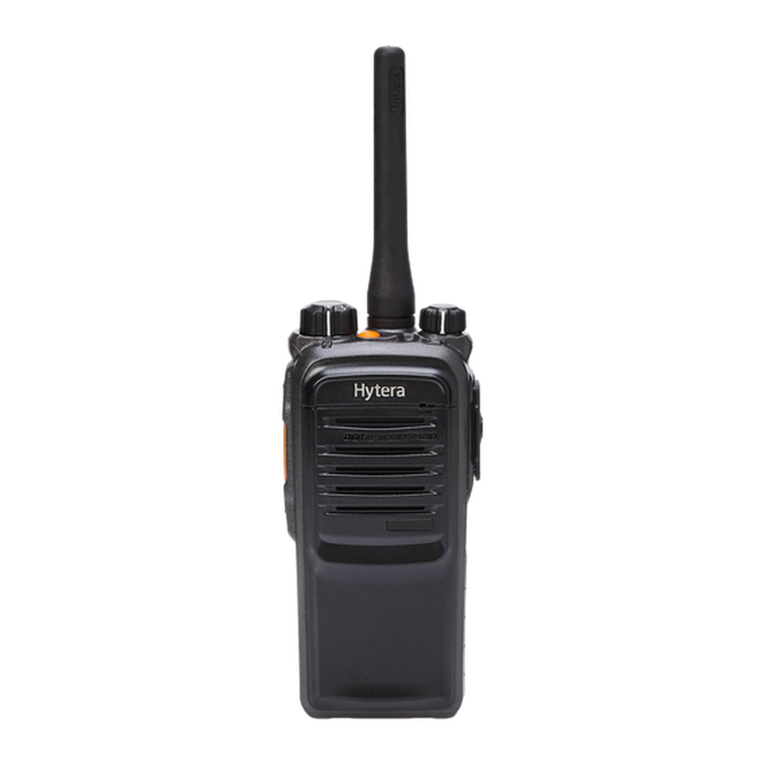
Hytera
Hytera PD702i User manual
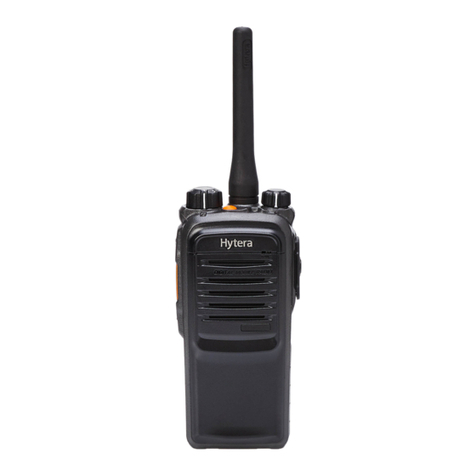
Hytera
Hytera PD70X Series User manual
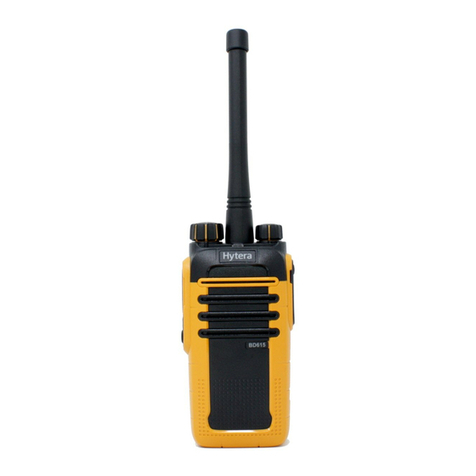
Hytera
Hytera BD61 Series User manual
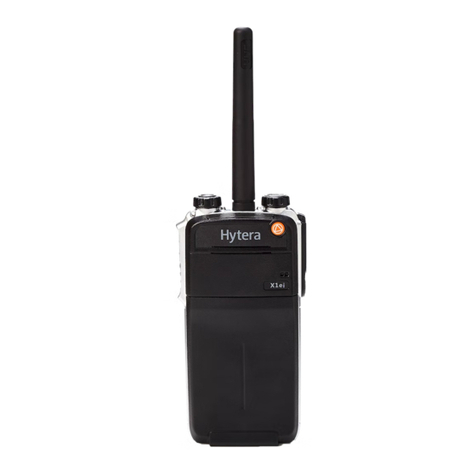
Hytera
Hytera X1ei User manual

Hytera
Hytera HP31X User manual
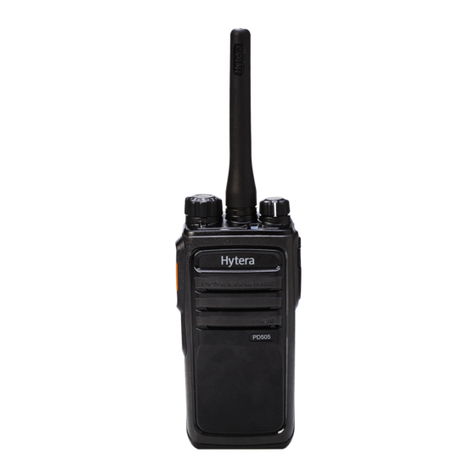
Hytera
Hytera PD505 User manual
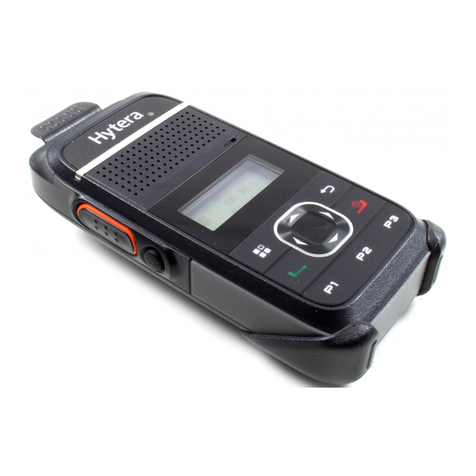
Hytera
Hytera PD-355 User manual
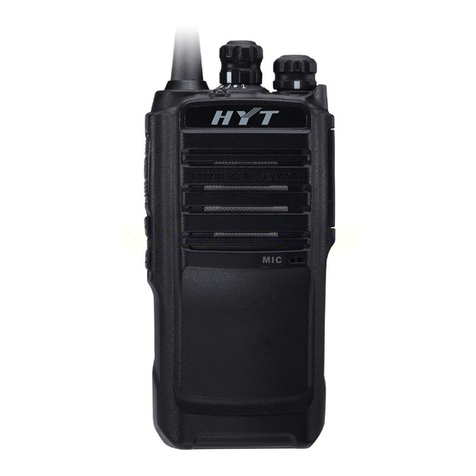
Hytera
Hytera TC-508U1 User manual
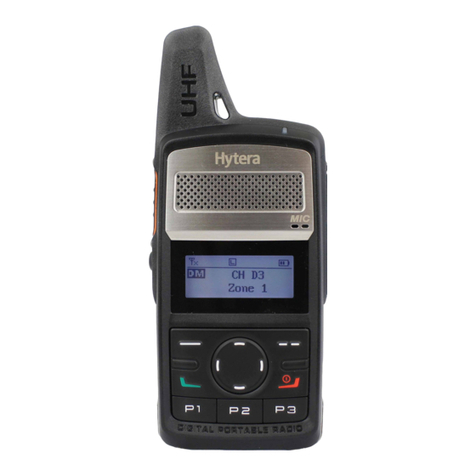
Hytera
Hytera PD355LF User manual
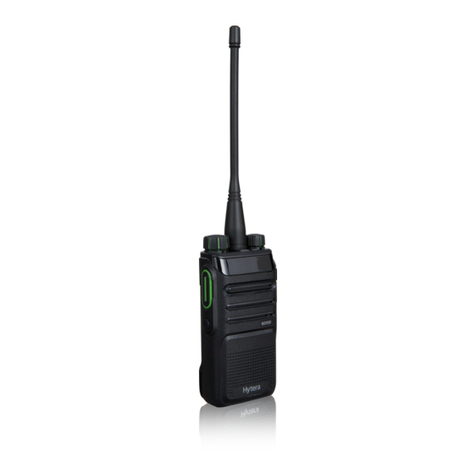
Hytera
Hytera BD55X User manual

Hytera
Hytera HP78X User manual
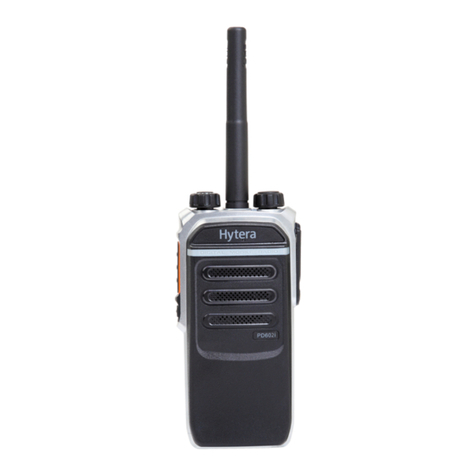
Hytera
Hytera PD602i User manual
